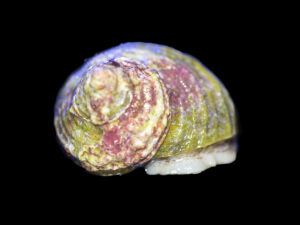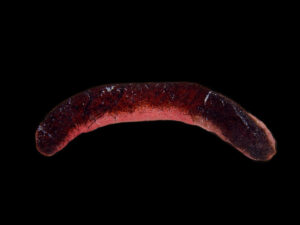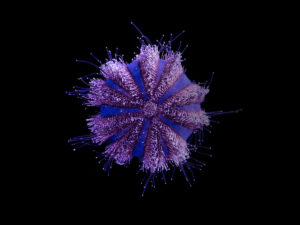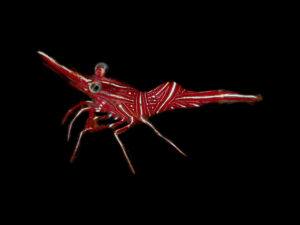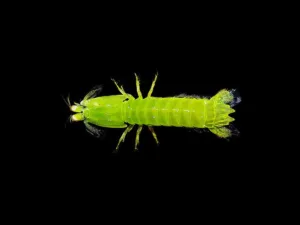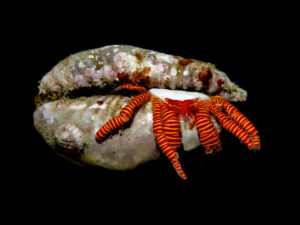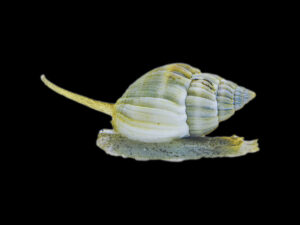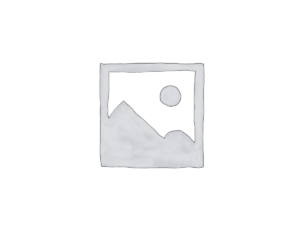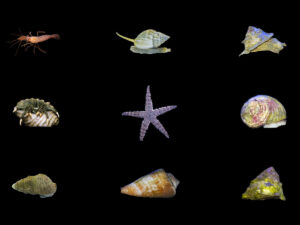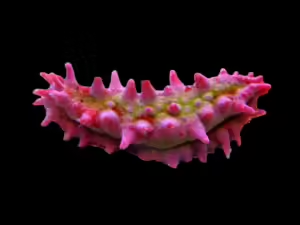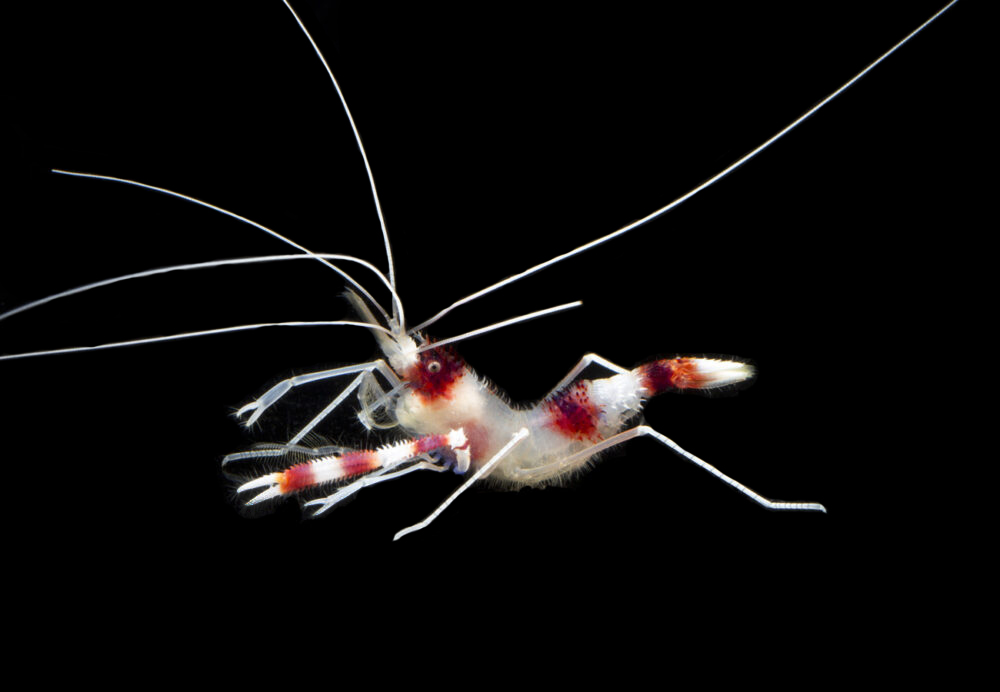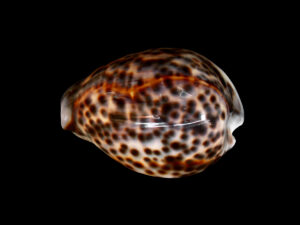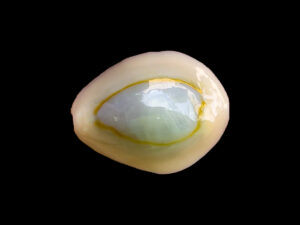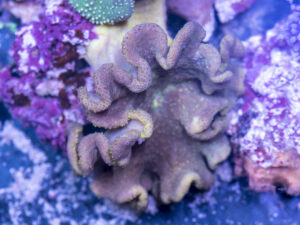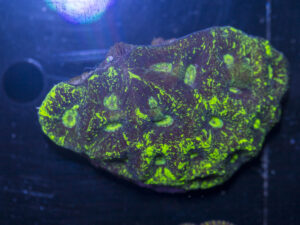Subtotal:
$70.00
Related products
-
30%
Turbo Snail
$5.00 – $70.00Select options This product has multiple variants. The options may be chosen on the product page -
Black Sea Cucumber
$25.00Select options This product has multiple variants. The options may be chosen on the product page -
Burnt Sausage Cucumber
$25.00Select options This product has multiple variants. The options may be chosen on the product page -
Hot
Tuxedo Urchin
$45.00Select options This product has multiple variants. The options may be chosen on the product page -
Hingebeak Shrimp
$35.00Select options This product has multiple variants. The options may be chosen on the product page -
Mantis Shrimp – Assorted
$75.00Select options This product has multiple variants. The options may be chosen on the product page -
Halloween Hermit Crab
$100.00Select options This product has multiple variants. The options may be chosen on the product page -
31%
Nassarius Snail
$6.50 – $45.00Select options This product has multiple variants. The options may be chosen on the product page -
Tropical Abalone
$55.00Select options This product has multiple variants. The options may be chosen on the product page -
Green Serpent Starfish
$55.00Select options This product has multiple variants. The options may be chosen on the product page -
21%
Clean Up Crew Packages
$37.50 – $550.00Select options This product has multiple variants. The options may be chosen on the product page -
Pink Spiny Cucumber
$20.00Select options This product has multiple variants. The options may be chosen on the product page
Coral Banded Shrimp
$100.00
Please Note: Due to variations within species, your item may not look identical to the image provided. Approximate size range may also vary between individual specimen.
Deep dive >
Quick Stats
- Dietry Requirements
- Compatible With
- Maximum Invert Size (cm)
- Minimum Tank Size (L)
- Same Species Aggression
- Other Species Aggression
- Care Requirements
The Coral Banded Shrimp catches the eyes of most aquarists with their beautiful colouration and body shape. It has striking red and white bands across its body with fairly long pinchers and extra long white antennae. Combined with its prickly body texture, the Coral Banded Shrimp brings colour and personality to any marine aquarium.
Though the Coral Banded Shrimp can be aggressive towards other Coral Banded Shrimp and smaller shrimp of different species, most are peaceful towards fish, corals, and invertebrates within your aquarium. Because of its aggressive disposition towards other Coral Banded Shrimp, the Coral Banded Shrimp should be housed individually or kept as a true mated pair.
The Coral Banded Shrimp usually hang upside-down in caves or crevices, with only its antennae emerging from the hole. While molting, the Coral Banded Shrimp will often hide from sight for 1-2 days in the rocks of the reef. In the home aquarium, provide sufficient room for the Coral Banded Shrimp so it can move about freely without its long antennae touching neighboring corals or anemones.
The Coral Banded Shrimp is relatively hardy and boasts an aquarium-suited length that rarely exceeds 8 centimetres. The male Coral Banded Shrimp is usually smaller.
Like other invertebrates, the Coral Banded Shrimp is intolerant of high nitrate or copper levels. Be sure to maintain proper iodine levels in the aquarium to help ensure proper molting. The Coral Banded Shrimp must be acclimated slowly to avoid any salinity and/or pH shock.
In the wild, the Coral Banded Shrimp are scavengers. In the home aquarium, it will accept most flaked and frozen foods.
Related products
-
Mantis Shrimp – Assorted
$75.00Select options This product has multiple variants. The options may be chosen on the product page -
Tiger Cowrie
$35.00Select options This product has multiple variants. The options may be chosen on the product page -
21%
Clean Up Crew Packages
$37.50 – $550.00Select options This product has multiple variants. The options may be chosen on the product page -
25%
Gold Ring Cowrie
$10.00 – $37.50Select options This product has multiple variants. The options may be chosen on the product page
